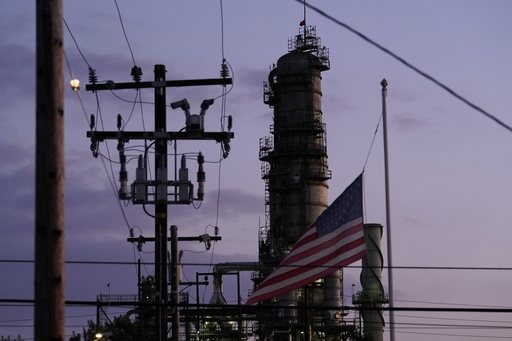
Wholesale price increases in the United States showed signs of easing in July, indicating a decrease in inflation pressure as the Federal Reserve considers cutting interest rates, possibly starting next month. The Labor Department’s report indicated that the producer price index, which monitors inflation before it affects consumers, increased by 0.1% from June to July and by 2.2% from a year earlier.
When excluding food and energy prices, which can vary from month to month, the core wholesale prices remained unchanged from June and rose by 2.4% from July 2023. These increases were milder than expected by forecasters and aligned closely with the Fed’s 2% inflation target.
The producer price index can offer an early indication of the direction consumer inflation might take. Economists pay attention to it because certain components, such as healthcare and financial services, contribute to the Fed’s preferred inflation measure, the personal consumption expenditures index.
On Wednesday, the Labor Department is scheduled to release the consumer price index, a widely recognized inflation gauge. Analysts predict a 0.2% increase in consumer prices from June to July, following a 0.1% decline the previous month, and a 3% rise from July 2023, based on projections from the data company FactSet.
Inflation has decreased since reaching a four-decade high in mid-2022. However, with the upcoming November presidential election in the United States, many people are still dissatisfied with consumer prices, which are nearly 19% higher than they were before the surge in inflation began in the spring of 2021. President Joe Biden has been a target of criticism, although it remains uncertain if Vice President Kamala Harris, who is running for president, will also face blame for the situation.
